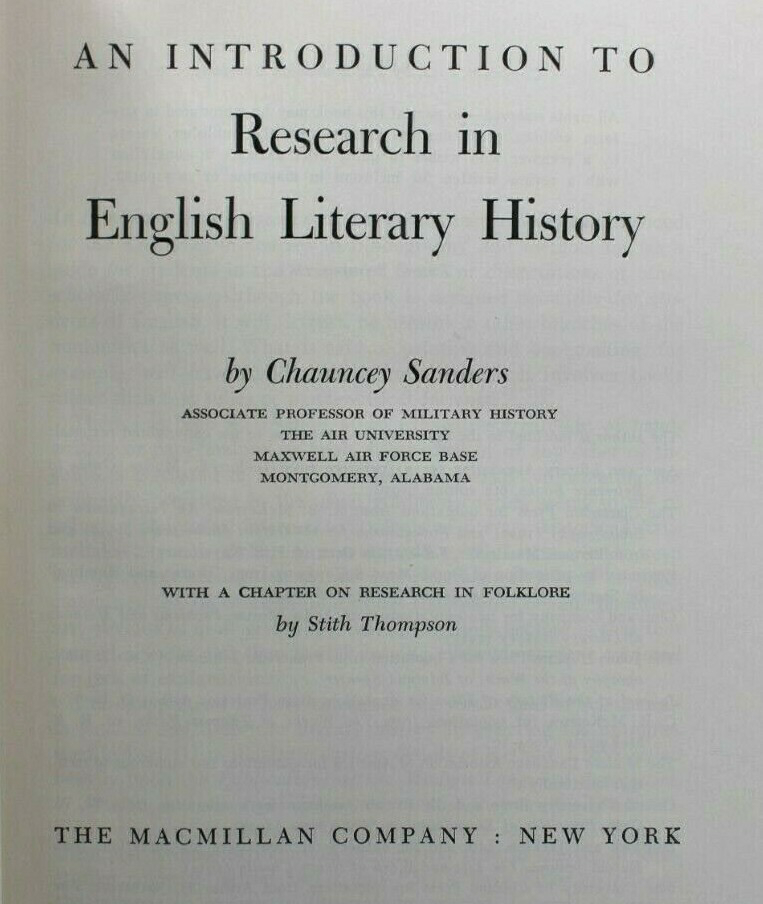Evaluating the Reliability of the Bible: C. Sanders’ Threefold Test
Evaluating the Reliability of the Bible: Chauncey Sanders’ Threefold Test
J. Neil Daniels
In the study of historical documents, scholars often employ standard methodologies to assess the credibility of ancient texts. One influential framework is provided by Chauncey E. Sanders (1898–1962) in his Introduction to Research in English Literary History, where he outlines three tests of reliability commonly used in general historiography and literary criticism. Though not a theologian—Sanders was a professor of military history—his methodology has been widely adopted in discussions surrounding the historical trustworthiness of various ancient works, including the Bible. His approach consists of three principal tests: bibliographical, internal, and external evidence.¹
The bibliographical test concerns the textual transmission of a document, or how well the text has been preserved and copied from its original composition to the manuscripts we possess today. Applied to the Bible, this entails an examination of the number of manuscript copies, their temporal proximity to the autographs, and the degree of textual variation. By this measure, the Bible, and particularly the New Testament, emerges with overwhelming attestation. Thousands of Greek manuscripts, some dated within decades of the original writings, provide a textual base far exceeding that of most classical literature.
The internal test evaluates what the document claims for itself. This involves asking whether the document demonstrates coherence, self-consistency, and a plausible claim to truthfulness. In the case of Scripture, internal consistency, the presence of eyewitness testimony, and candid admissions of failures among its central figures support its credibility.
Lastly, the external test assesses the document in light of known historical facts, archaeological findings, and corroborating literary sources. The biblical narrative aligns remarkably with external data, as confirmed by inscriptions, ancient records, and archaeological discoveries that affirm the existence of people, places, and events described in the text.
Thus, while Sanders’ criteria were developed for general historiography, they prove highly effective when applied to the Bible. Each test, when fairly administered, contributes to a cumulative case for the reliability of Scripture as a historical document worthy of trust.
¹ Chauncey Sanders, Introduction to Research in English Literary History (New York: MacMillan, 1952), 143.



Awww this Amen! Reminds me of the scientific method. Interesting enough you wrote about this because I did not realize how much anthropology is connected to the Bible and even my art classes speak so much about painters and their paintings and what inspired them. Great article. I appreciate you. 🙏🏽🧎🏽♀️🥰🤗
ReplyDeleteThank You. I always wondered at the origin of those things.
ReplyDelete🙂✔️👍
ReplyDelete